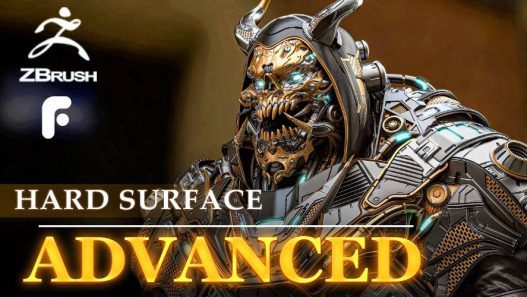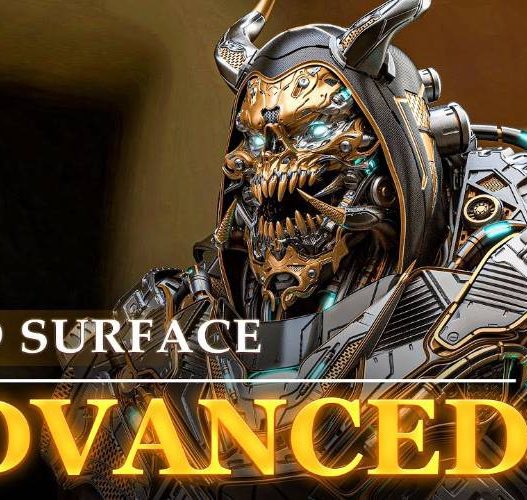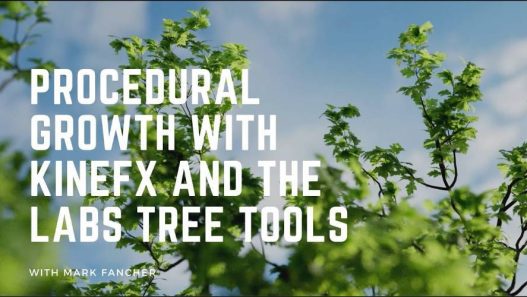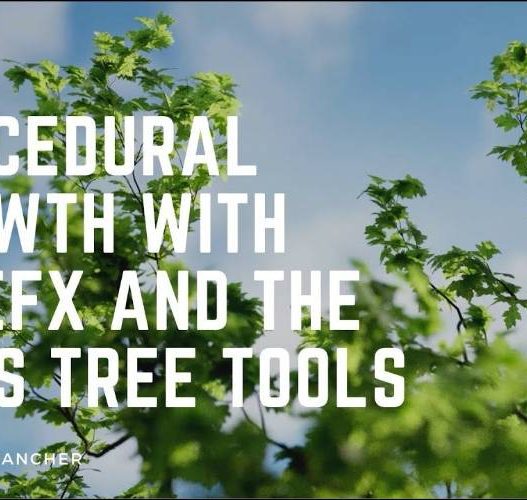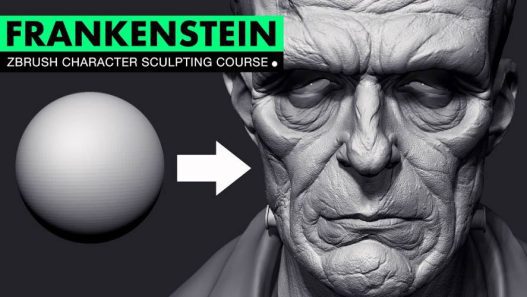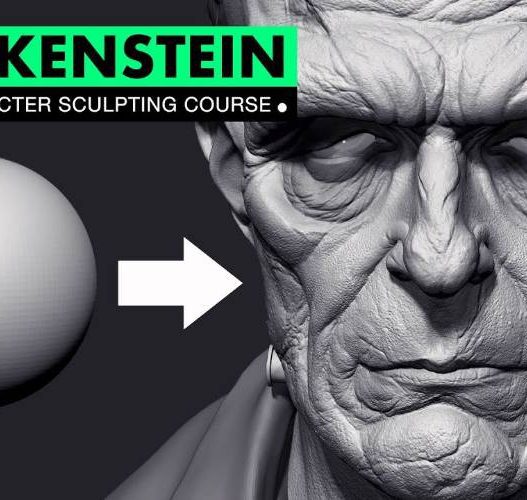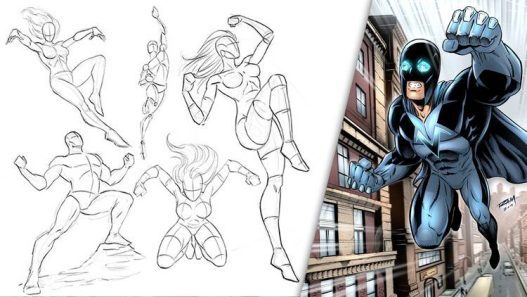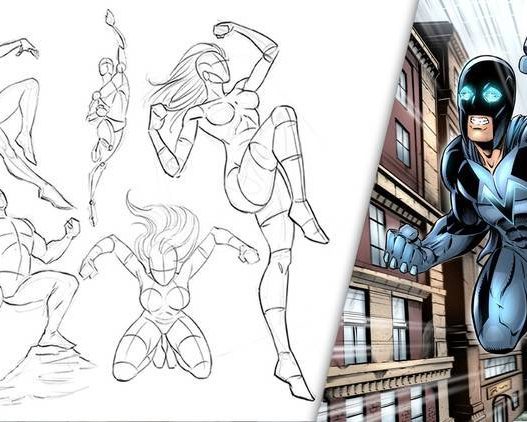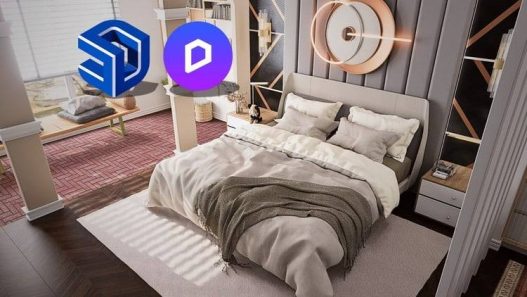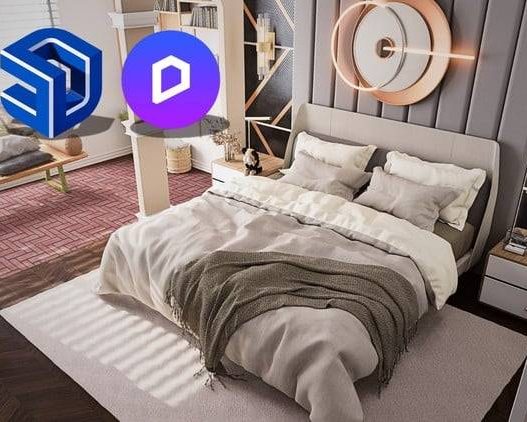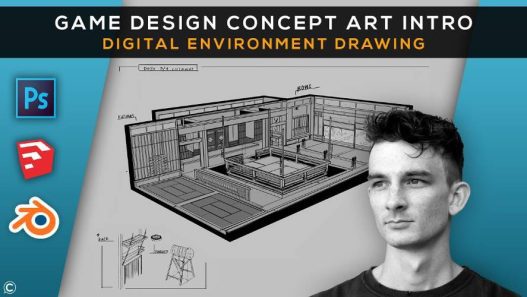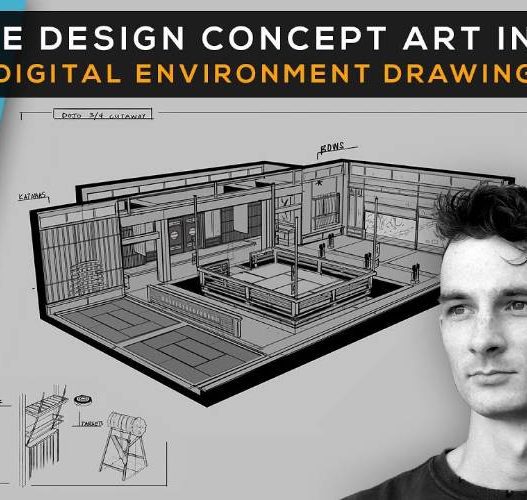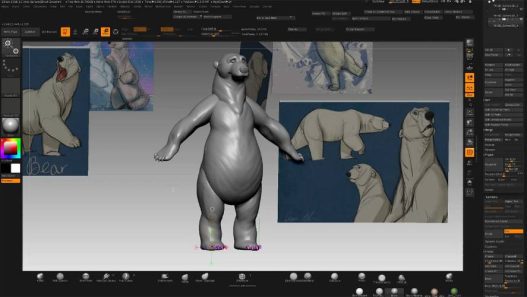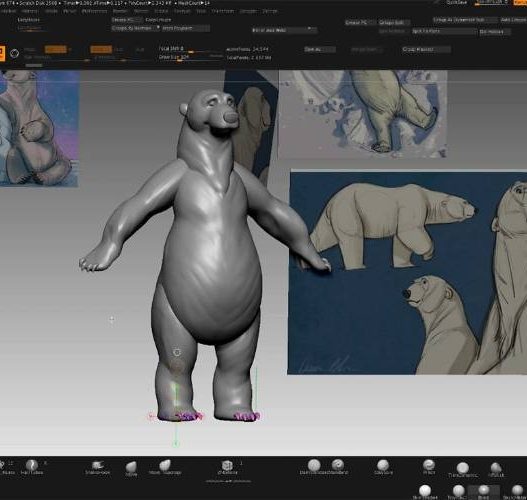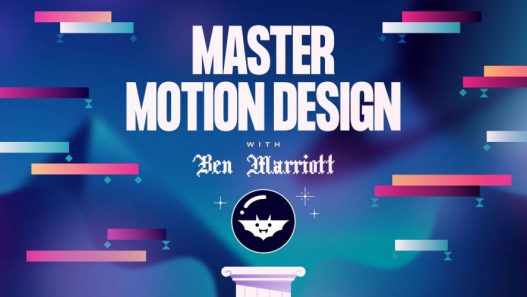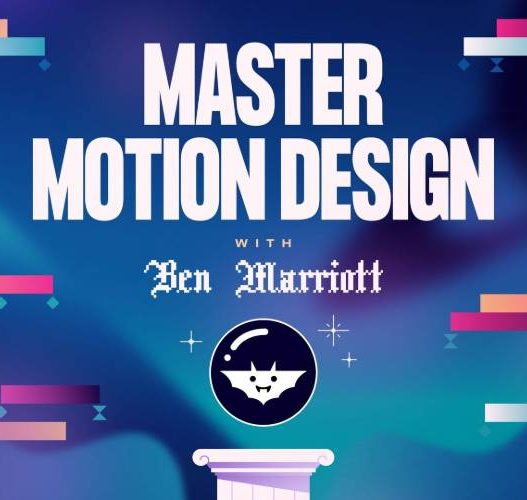CGCookie – Introduction to Game Asset Creation Free Download
Introduction to Game Asset Creation
Work through the complete process of conceptualizing, modeling, texturing, and integrating a real-time game asset with Photoshop, Blender, and Unity.
Button ad below
Course:
Creating Game Asset Concept Art
Software: Photoshop CS6
Creating Game Asset Concept Art
Course:
Modeling Video Game Assets in Blender
Difficulty: Intermediate Software: Blender 2.76
Modeling Video Game Assets in Blender
Course:
Texturing Game Assets with Blender
Difficulty: Beginner Software: Blender 2.76
Texturing Game Assets with Blender
Course:
Using Game Assets in Unity
Difficulty: Beginner Software: Unity 5.0
Adding Custom Game Assets in Unity
Welcome to the Game Asset Integration course. This is the third in this series of courses that teach you how to create, model, texture and finally utilize that game asset inside of Unity. Picking up where the last course left off we’ll go over the basics of exporting assets from Blender and importing them into Unity. In this course you’ll learn how to:
Use FBX, OBJ and .Blend files within Unity
Update Assets
Create exportable prefabs to be used in other projects
Apply components like colliders and rigidbodies
You’ll also get some quick tips and tricks on how to improve your workflow when working with game assets. Once you’ve completed this course you’ll have the knowledge on how to implement your own custom game assets from Blender into Unity.
Texturing plays a powerful role in computer graphics, but especially for game asset creation. Textures can simulate high-resolution details very believably but without the high-polygon counts. They can make a simple model look beautiful and complex. They can make a drab object interact with light in a believable way. So yeah, textures are important! In this course, I will walk you through the essential texturing workflow for our stack-o-rocks asset. You’ll learn 4 main tasks of being a texture artist:
UV layout – The process of ‘unwrapping’ your 3D model into a flattened, 2D state to accept 2D image textures.
Map Baking – Extracting geometric data from a 3D object to a 2D texture.
Texture Painting – Using Blender’s painting system to paint directly on your 3D model in the viewport.
Consolidation & Export – Using a single texture to affect multiple objects for the sake of real-time application and optimization.
Are you ready to start creating your own game objects? Then this is the course for you. Through this second course in the Game Asset Creation learning flow you will learn how to create both low and high resolution objects in Blender, which will later be used for generating normal maps, capturing all the intricate detail while keeping an optimized model. In this course you’ll learn how to:
Work with concept art and references in Blender’s viewport
Create quick prototype objects for pipeline testing and level development
Work with real-world scale to ensure your model imports at the right size
Sculpt high resolution detail with Blender’s Dynamic Topology
Retopologize the high-resolution sculpts to create an optimized, low poly mesh.
Creating a Game Asset Concept Piece
Learn to creating a basic game asset concept art from the initial sketches to the final polish! This rock piece is an example of a common asset that would be used for video games. After this course you can follow the asset going into 3D and then into a game software.
CGCookie – Introduction to Game Asset Creation Free Download
https://zeroupload.com/2a876971d90bb22dfcf40abf419dc092
https://uploadhub.to/22879420d81f4b3c
Piracy is meant to be free. Those who sell pirated contents are all losers and if you are paying for pirated contents then you are the biggest loser.
Please read FAQ if you need basic help.
Use VPN & IDM if you have download problems.
Button ad below


